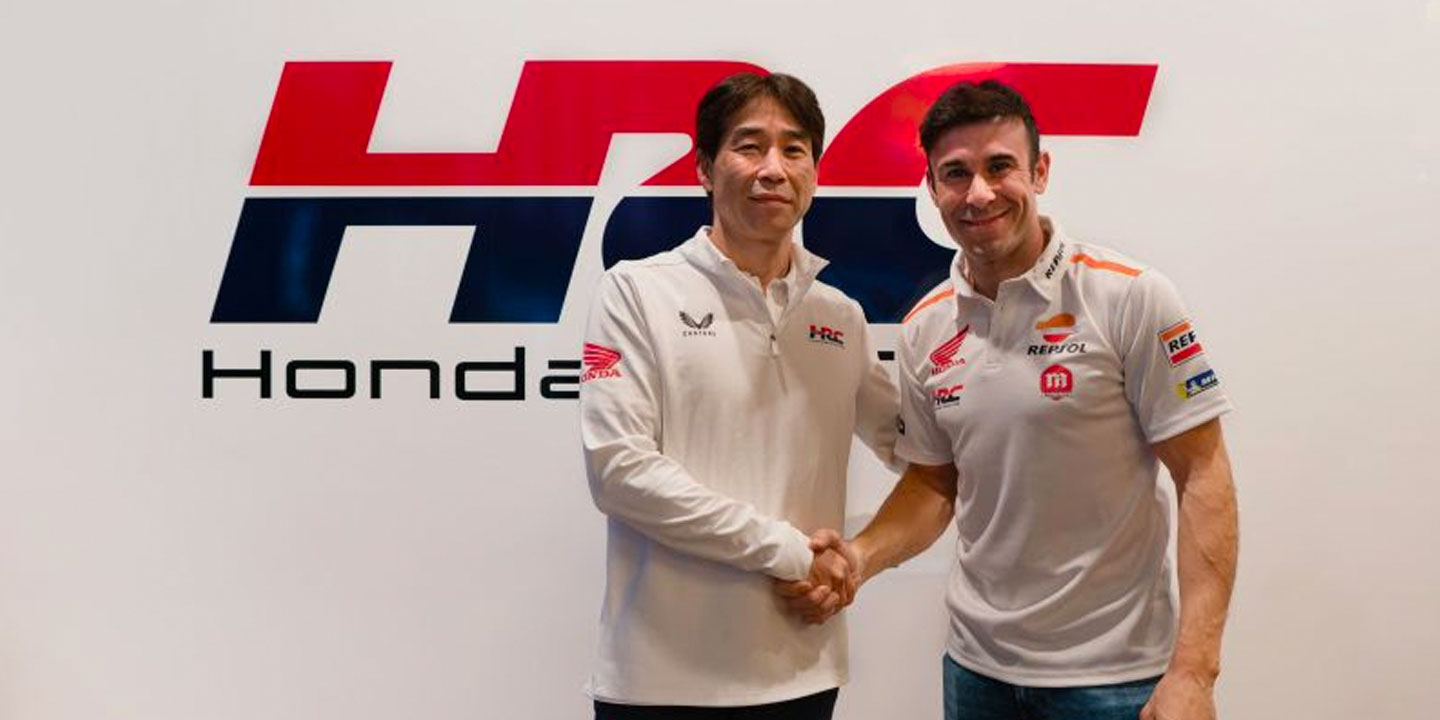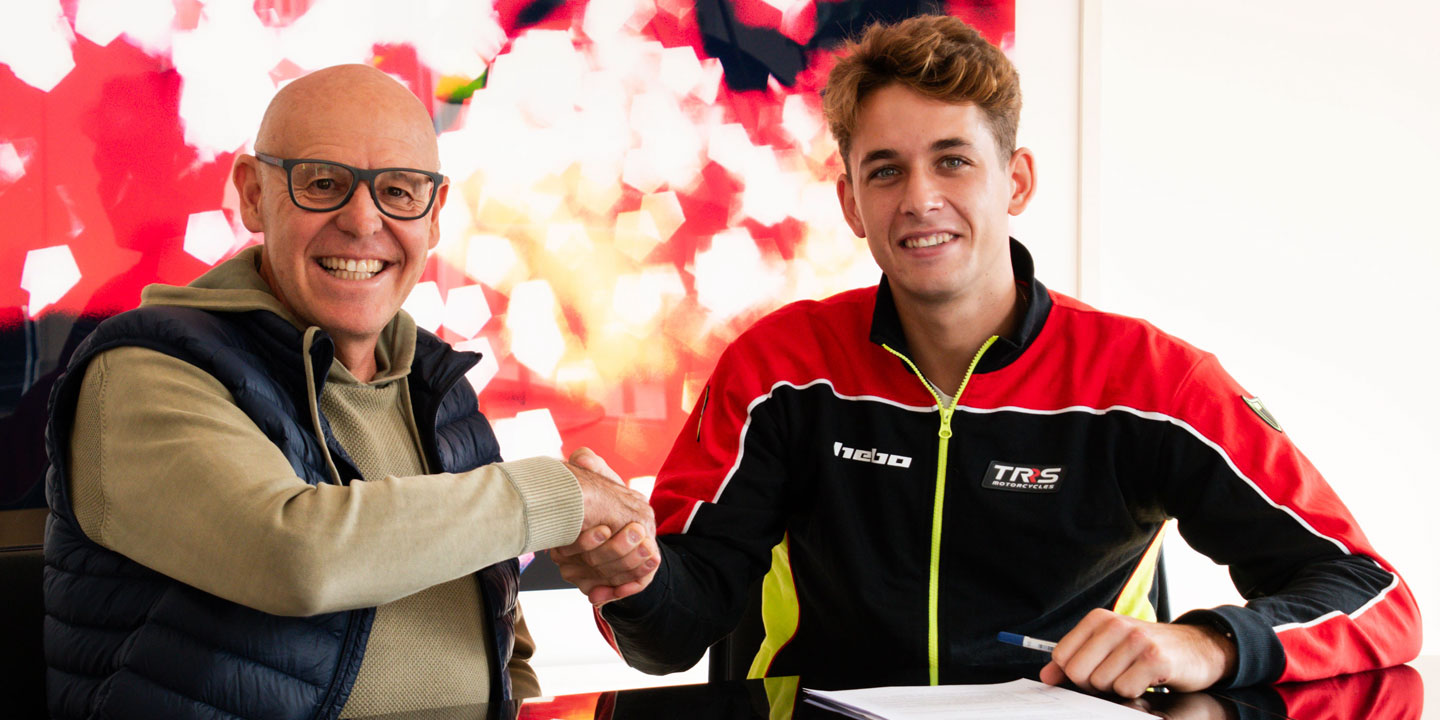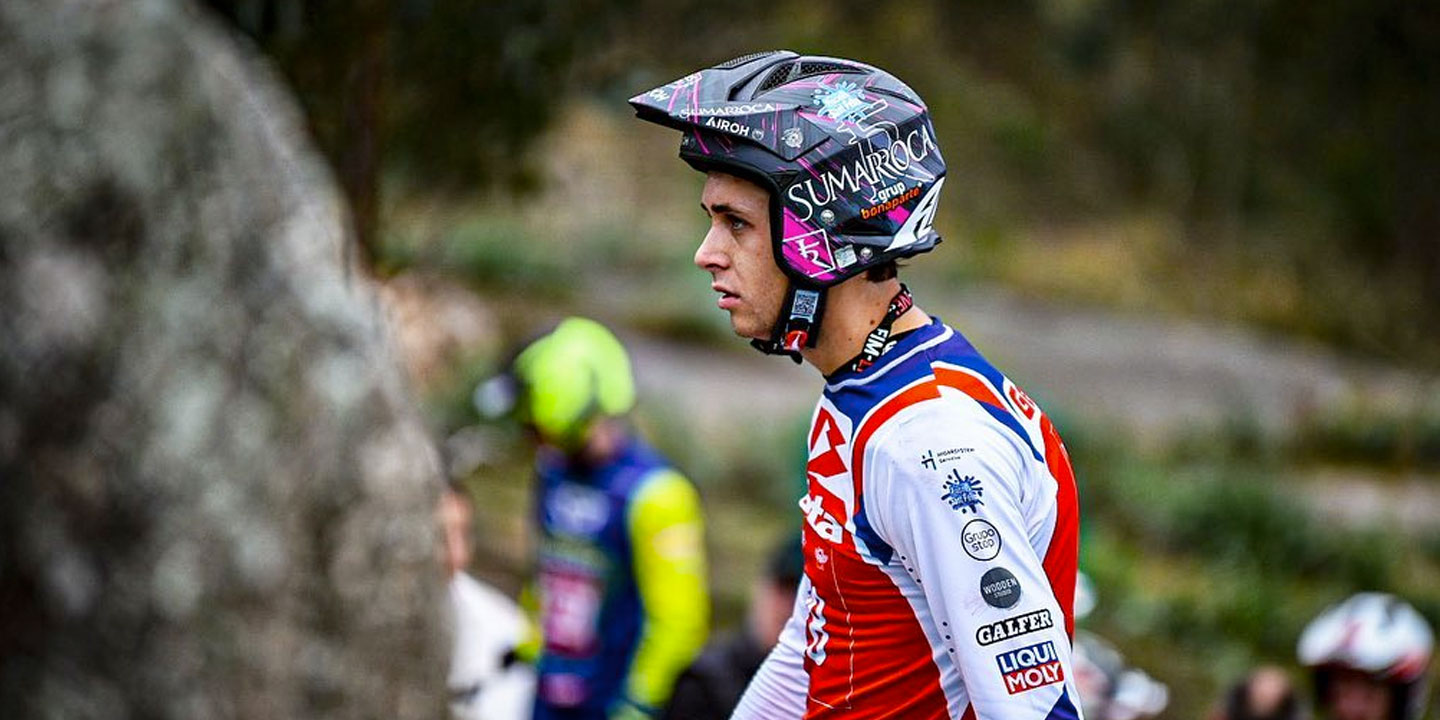Another of the great bestsellers presents an interesting list of novelties in order to reinforce its mechanics with new technical solutions and components that optimize performance to the maximum. All these changes, together with other small details, added to the important facelift to which the chassis part of the 2010 range was subjected, make up the personality of a true candidate to capture all your desires.
In detail: the engine.
Most of the work done by Sherco’s engineers for this 2011 edition has been taken by the engine. A positive reading of this fact is that it reflects the confidence of brands in 2T engines by introducing major changes and even redesigns, without settling for what already exists to see where the market ends up evolving. As you may remember, when the 4T versions came on the scene, around 2006, the 2T suffered a major technological stoppage.
The most remarkable thing in this section is the arrival of a completely redesigned engine, with technical solutions hitherto unprecedented, such as the “wather inside” cooling system, which eliminates external ducts. The crankcases are now made of die-cast aluminium and machined in a single cycle, thus ensuring maximum pressure of anchors and housings. The clutch has also been thoroughly revised, receiving a new caliper and pump assembly, plus a narrower hose.
In detail:
for the cycle and other components
Taking advantage of the fact that in the 2010 edition very important structural changes were introduced in the Trial range, on this occasion Sherco has opted to polish small details and work with the same base proposed then. The most relevant is the adoption of a new technical solution to the fuel tank, which loses its side filler in favor of a more comfortable one at the top of the fender, thus guaranteeing greater cleanliness and comfort. As you may remember, the air filter is located at the front, right where the fuel tank was previously located, where it receives fresh air and is well protected from dirt.
At the controls
There is no doubt that Sherco has done an excellent job for 2011 to offer the public a balanced and competitive bike. Its print is dominated by the elegance provided by its lines and a successful chromatic contrast that enhances the quality of all its components. If we look closely, we can see how removable steering stops have been placed on the front stay of the frame in order to safeguard the chassis, but which logically limit one of the strong points of the bike: the steering angle.
If you choose to remove them, you will see that this angle is only comparable to that offered by the Ossa TR 280i, as it is very wide. As a result, driving the ST in twisty or tight areas is a real pleasure; It turns easily and noblely, while also being surprisingly light from the front. We are surprised that despite the evolutions and the years, the Sherco continues to emerge as a simple, very familiar motorcycle, where the compromise achieved between sportiness and comfort is excellent.
The Engine
The new Sherco has improved its records in all revs, especially in the low and mid ranges, where it already enjoyed great performance. The response to the throttle blow is immediate, but noble and predictable, so it invites you to drive it in a sweet way, taking advantage of inertia and without being obsessed with looking for high revs in short gears. In the first moments we felt a little nervous and fast, corroborated by that strange feeling that she seems to be riding the bike to you. In the end, we blamed it on a lack of filming and adaptation, because after a few hours that feeling disappeared and we already felt at home at the controls of the Sherco. At high revs it has also improved a lot, and in fact we have not lacked more power, although we must also confirm that, compared to other more direct rivals, it could withstand the overrevs better.
The Cycle Part
The rest of the chassis part, specifically the suspensions and brakes, do not experience major changes compared to the last edition. The homogeneity of the suspension equipment is satisfactory, but we miss a little more forcefulness in both trains, especially in the front.
The suspension settings are comfortable and versatile, ideal for mixed practice and meeting the expectations of the average and high amateur, but if you are going to practice a highly sporty driving it would be interesting to adjust it by a professional. The rear end withstands strong impacts well and from the helm station the sensations are very positive, although it is true that from the outside such large impacts seem to compromise the Sherco.
Conclusions
In short, we can say that on its own merits the new Sherco improves its performance in every way, without losing an iota of the versatility and ease of use that characterizes it. It is a bike designed for everyone, although surely the one who is most comfortable at the controls will be the average enthusiast, who will appreciate all the concessions and comfort of the Sherco at all levels. It is well finished, incorporates very innovative technical solutions, is light and powerful. If you are a “top” rider you may miss a little more grit at high revs and it is interesting to put the suspensions to your liking, but the ST is a clear alternative to the Gas Gas for the bike, and the Ossa for value for money. The rest of the bikes, except for Scorpa, which rides the old Sherco engine and rides very well, represent more personal and different concepts, although equally valid. As soon as we do the respective in-depth tests in Trialworld you will be able to see for yourself.
{bonckowall source=”2″ pkey=”album” pvalue=”dqtrialworld” pvalue2=”ShercoST29″ }{/bonckowall}
SHEET
| ENGINE | |
| Guy: | Two-stroke. |
| Number of cylinders: | One. |
| Refrigeration: | Liquid. |
| Bore per stroke: | 76 x 60 mm. |
| Total displacement: | 272 cc. |
| Carburization: | Dell ́Orto VHST 28 mm. |
| On: | Electronic CDI. |
| Outburst: | Leverage. |
| Clutch: | Multi-disc in oil bath. Hydraulically driven. |
| Change: | Five-speed. |
| Trans. primary: | By gears. |
| Trans. high school: | By chain. |
| CHASSIS | |
| Frame: | Double chromomolybdenum steel beam. |
| SUSPENSIONS | |
| Front: | Conventional Ceriani fork with 38 mm bars. |
| Route: | 185 mm. |
| Back: | Ollé monoshock. |
| Route: | 175 mm. |
| BRAKES | |
| Front: | A 185 mm floating disc. AJP pump and gripper. |
| Buttocks: | A 145 mm floating disc. AJP pump and gripper. |
| WHEELS | |
| Tyres: | Michelin Trial Comp. Del.: 2.75 x 21. Rear: 4.00 x 18. |
| MEASUREMENTS & WEIGHT | |
| Wheelbase: | 1,330 mm. |
| Seat Height: | 640 mm. |
| Ground Clearance: | 290 mm. |
| Fuel tank: | 2.7 l. |
| Declared Weight (vac/ll): | 69.5 Kg. / N.d. |








